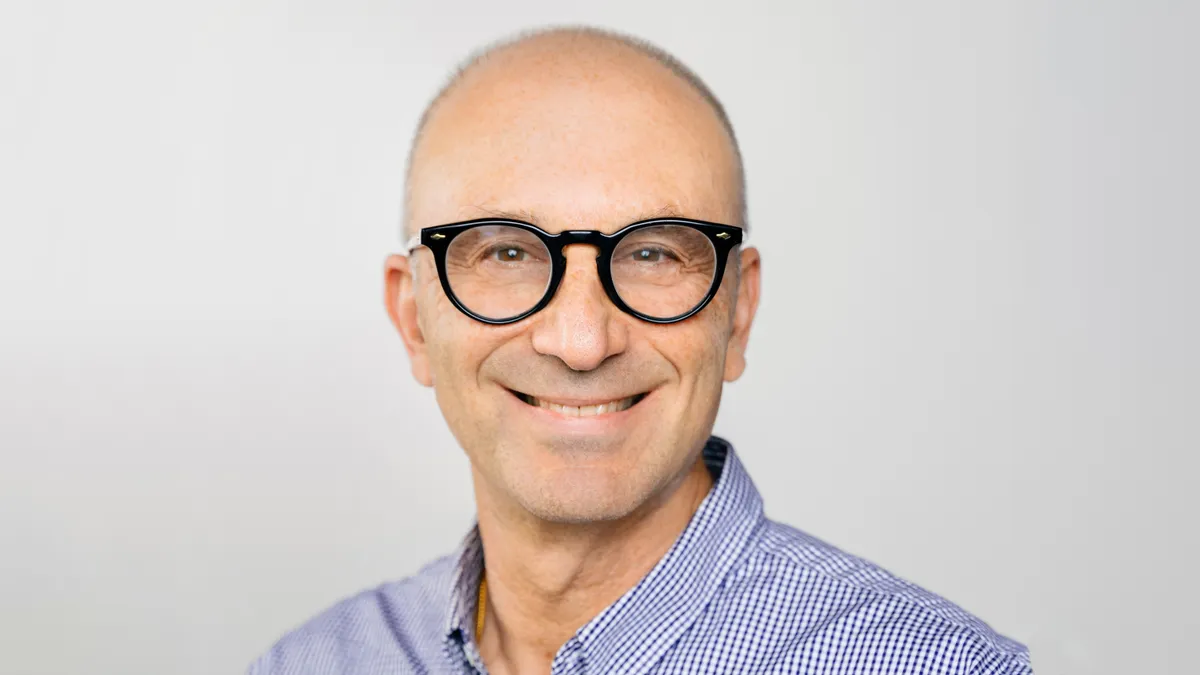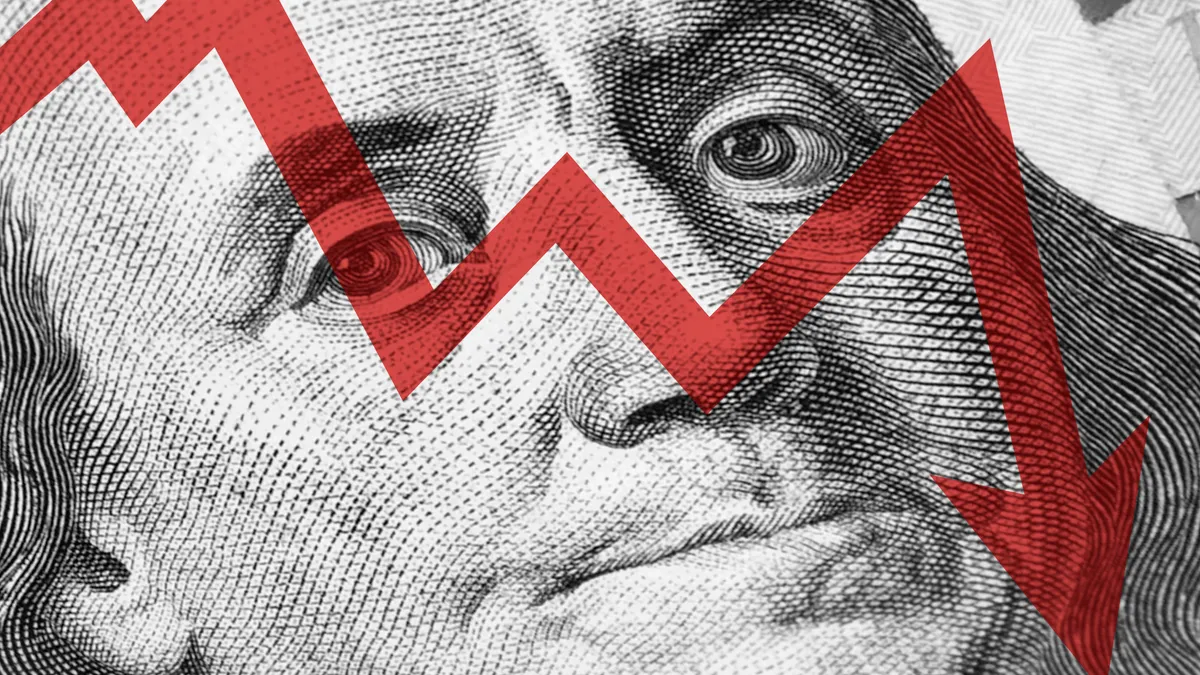Many innovative medicines are in the pipeline. But new funding approaches will be needed to make sure there is a greater chance that they are brought to market.
An EvaluatePharma 2018 report suggests an increase in worldwide pharmaceutical R&D spending. Compared with 2016, global R&D spending in 2017 surged by 3.9% to $165 billion. As a percentage of total prescription sales, average R&D spending moderately increased to 20.9%. The report also indicates that overall R&D spending is expected to grow by 3% each year, reaching roughly $203.9 billion by 2024. The report forecasts a CAGR of 3.1% for R&D spending into 2024, which is lower compared with 3.6% between 2010 and 2017. Likewise, the average R&D intensity is likely to fall to 16.9% in 2024 as compared with the average 19.5% observed between 2010 and 2017.
The National Institutes of Health’s funding contributed to published research associated with every one of the 210 new drugs approved by the FDA from 2010 through 2016, according to a recent analysis. Collectively, this research involved about 200,000 years of grant funding totaling more than $100 billion. The analysis shows that about 90% of this funding represents basic research related to the biological targets for drug action rather than the drugs themselves. The role of NIH funding complements industry research and development, which focuses predominantly on applied research.
However, some experts say how funding is dispersed creates a vacuum in terms of the ideas that are brought forward, particularly in the biotech arena.
According to Lew Bender, president and CEO at Intensity Therapeutics, funding has essentially become massive series A rounds, series B rounds by investors who are in the business of funding ideas rather than having entrepreneurs bring them ideas.
“There’s a lot of capital available, but it’s controlled," he says. “It’s controlled by professional fund managers who don’t want to make a mistake, which is understandable — they can’t make too many mistakes when investing other people’s money."
Mr. Bender says this has led to two different approaches: FOMO and FOSONO. “The fear of missing out, or FOMO. Companies that have really good data need to induce FOMO — people are going to make money in a short period of time and investors aren’t going to want to miss out on something that comes across their desk. Then there’s the opposite, which I call FOSONO, which is fear of sticking one’s neck out. There has to be a tradeoff between fear of missing out and fear of making a mistake. Sometimes fund managers are more conservative than they should be, even in biotech." (PV)
~~~~~~~~~~~~~~~~~~~~~~~~~
Changing Landscape of R&D
The number of molecules in late-stage development now totals 2,891, an increase of 11% in 2018 and 39% over the past five years.
Oncology drugs increased in number by 63% over the past five years, contributing more than 40% to the total pipeline, while the number of vaccines under development has declined over this period by 4%.
Next-generation biotherapeutics (NGB), including cell, gene, and nucleotide therapies — though they still represent less than 10% of the total late-stage R&D — have more than doubled in number over the past three years, as these new approaches to treating and curing diseases command growing attention and investment.
Emerging biopharma (EBP) companies active in the fastest growing areas of oncology and orphan drugs accounted for 72% of the 2018 late-stage pipeline activity, up from 61% a decade ago. Large pharma companies have seen their share of the pipeline drop from 31% to 20% over the same period.
Investment in future medical innovation continued to grow in 2018 reflecting confidence in scientific innovation to tackle unmet health needs. VC firms invested more than $23 billion in 2018, with a record number of deals recorded, and the 15 largest pharma companies recorded more than $100 billion in R&D for the first time, up 32% over the past five years.
Source: IQVIA
~~~~~~~~~~~~~~~~~~~~~~~~~
Following the Money…
Neil Hayward
CEO, eXIthera
We need to understand, and accept, that both drug discoverers and investors focus on disease states with the largest patient populations — these diseases tend to be well-understood, have plenty of patients to participate in clinical trials and, inevitably, have the largest commercial market. Although there are approved therapies in these major disease states, novel therapies are needed.
Over the past five years, most researchers and investors have been focused on immuno-oncology, which has driven intense competition in that space. The slightest idea in the space, driven by no data, could receive hundreds of millions of dollars. In oncology, there are numerous drugs in the same space sharing the market. Funding a novel idea and maybe being the first to market in other therapeutic areas will give you the total market share.
The cardiovascular space does not represent the same “shiny object" that immuno-oncology represents. Current investors are stuck in the past, believing that only major investments in huge clinical trials will lead to success. We recommend a different strategy: start with a small subpopulation to prove that your drug works and will benefit from FDA orphan status or fast track, then commercialize it and use the proceeds to expand the trials to markedly de-risked, albeit larger, patient populations. Overall, we are seeking a world where there are more treatments across all therapeutic areas.
Daniel O’Connor
President and CEO, OncoSec Medical
Historically, a biotechnology company’s main mission was to develop and seek approval for a single product. This R&D model was geared toward the development of a product to treat a narrow group of indications and, at the time, guided many decisions for investor funding and further product development for different indications. Today, we have seen a significant shift toward funding novel platforms that look to use IP for the treatment of a handful of conditions, moving away from the traditional product model.
Both R&D models foster incredible potential to translate novel ideas to an FDA approval.
Companies that are platform-focused have the potential to develop a sizable portfolio with substantial investor backing, whereas product-focused companies typically have the expertise in scalable manufacturing and late-stage clinical development to effectively bring a product to market.
What both of these company models have in common is the mission to getting novel therapies to appropriate patients in the most efficient way possible. As we see a shift between the funding of platforms and products, it will be important for our industry to continue to fund research with the patient-focused mindset.
Anshal Purohit
President, Purohit Navigation
We are very excited about the idea of equitable funding, and what it represents for all healthcare stakeholders — i.e., everyone. This would drive a truly competitive market; one where outcomes speak, and the best ones are supported. Furthermore, the day when equitable funding will come into the hands of everyday investors is not so far off. Regulations in industries such as crowdfunding are changing, and there has been and always will be a strong societal interest in impact investing. This dynamic could and will drive substantial industry change, as how we define meaningful outcomes might change significantly based in a world where there is a meritocracy of funding.
Shane Senior
Managing Director, Crosstree
More equitable funding of novel ideas would result in collective efforts, ownership, and reduced economic incentives — return on investment — for development of such novel ideas. Reduced profit incentives would result in less innovation for all medicine, especially for rare and orphan indications. Collective ownership of economics would further result in less efficient development of novel ideas.



















